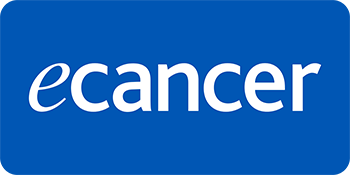Introduction: Cancer care in Sri Lanka is predominantly provided through its state health system which is free at the point of delivery. We performed a budget impact analysis of novel cancer drugs with a view to enabling better prioritising of their procurement.
Methods: Median survival gain was obtained for each indication of a novel cancer drug by a review of the literature. The direct cost of drug procurement was obtained from the Ministry of Health of Sri Lanka and the cost per life year gained was computed for each indication. Two thresholds - per capita gross domestic product (GDP) per life year gained (GDP × 1 = US$3815) and three times per capita GDP per life year gained (GDP × 3 = US$11445) were considered to determine cost effectiveness. The cumulative annual cost of these treatments was subsequently determined.
Results: Data obtained on 42 novel cancer drugs spanning across 90 indications were included in the analysis. The cumulative annual treatment cost when the threshold was set at GDP × 1 was United States Dollar (US$) 6 million and it increased to US$ 13.2 million if the threshold was expanded (GDP × 3 = US$11445). Only 27 indications met the (GDP × 3 = US$11445) threshold while there were 18 drugs that did not meet the thresholds for any indication. Without a threshold, if every eligible patient were to receive treatment as currently indicated, the total cost would reach almost US$ 300 million per year.
Conclusion: Budget impact analyses and defining cost-effectiveness thresholds will lead to considerable savings and help prioritise the procurement of novel agents in the state health system in Sri Lanka.







